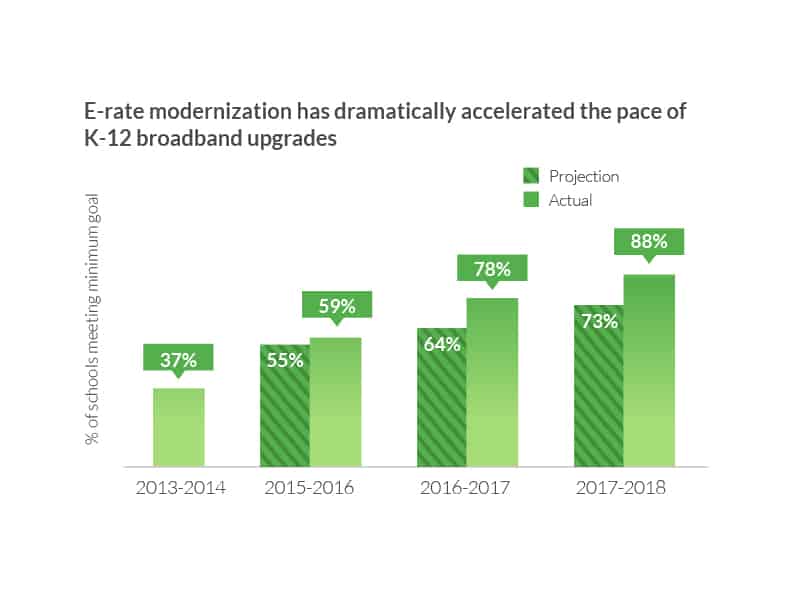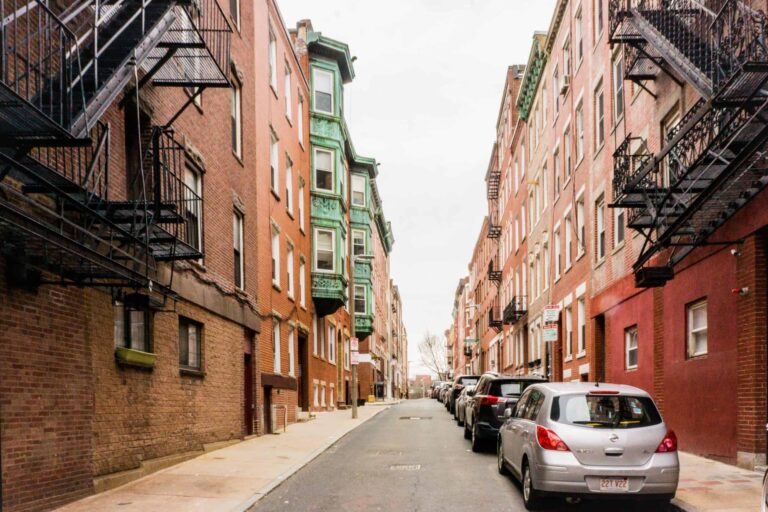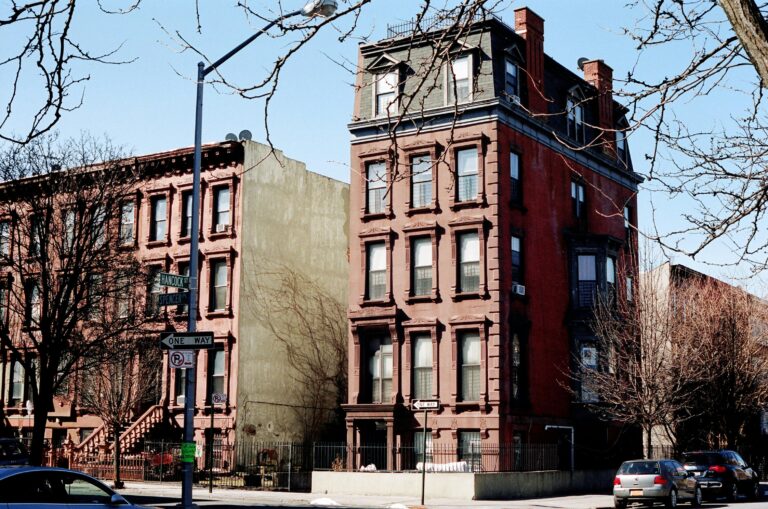The impact of E-rate modernization is most evident in the acceleration of the pace of upgrades in K-12 broadband networks. We have connected significantly more schools to the broadband they need for digital learning than was expected prior to E-rate modernization. This puts us roughly two years ahead of schedule in connecting 100 percent of America’s schools to the FCC’s 100 kbps per student goal.
Why Has E-rate Modernization Worked So Well?
School leaders need to tell their stories about how the E-rate program has helped them improve digital learning opportunities in their classrooms,” says Dan Runcie, a state engagement manager at EducationSuperHighway. “We need to show the FCC and USAC how E-rate funds have made school broadband upgrades a reality for their students. These examples will speak volumes to policymakers who may consider changing the program in the near future.
The success of E-rate in delivering on our nation’s promise to connect all of America’s students has been driven by five key actions:
1. Setting clear connectivity goals
By setting explicit connectivity and infrastructure goals for schools, the FCC empowered school districts and states to recognize and take action on the important role broadband infrastructure plays in digital learning. So far, 46 governors have committed to making connecting schools a priority.
2. Improving affordability through price transparency
By making available all data about the broadband services that schools were buying, from whom and at what price, the FCC created price transparency in the K-12 broadband market. This has led to more affordable costs and dramatically more bandwidth for schools.
3. Driving the expansion of fiber networks
The FCC recognized that access to digital learning required schools to have access to modern broadband infrastructure, and that for the vast majority of schools this meant connecting them to fiber. To accomplish this, the FCC expanded the use of E-rate funds to pay for fiber construction costs (special construction), gave schools access to the same competitive choices as businesses, and created incentives for states to provide resources for fiber construction.
These changes have been embraced by state and district leaders, reduced the number of schools without fiber by 90%, and remain critical to finishing the job of closing the connectivity gap.
4. Bringing Wi-Fi to every classroom
Prior to E-rate modernization, few schools had received funding to put Wi-Fi in their classrooms. By increasing the resources available in the E-rate program and allocating to every school a $150 per student Wi-Fi budget, the FCC dramatically increased the percentage of schools that have received Wi-Fi funding, more than tripled the number of schools with robust Wi-Fi, and paved the way for every classroom to be connected by 2020.
5. Focusing on broadband
Eliminating outdated services such as pagers and voice telephony has freed up the resources required to deliver on the FCC’s connectivity promise both today and in the future. Combined with improvements in affordability, we are now significantly closer to being able to meet the FCC’s long-term K-12 broadband goals within the current E-rate budget.
How Can We Ensure that E-rate Continues To Drive Progress?
Ensuring the stability of the E-rate program through 2020 and beyond is critical to delivering on our promise to connect America’s K-12 students. With E-rate, we can close the school connectivity gap by 2020. Without it, we will fail to deliver on our promise to America’s students.
This post is adapted from “E-Rate Modernization Catalyzes Progress” in the 2017 State of the States Report. Read the full report.




